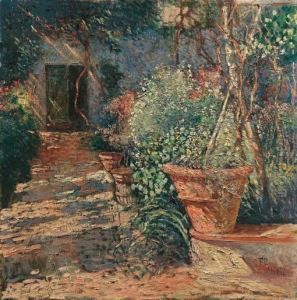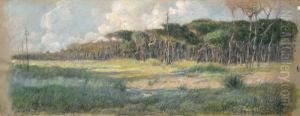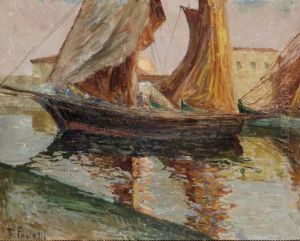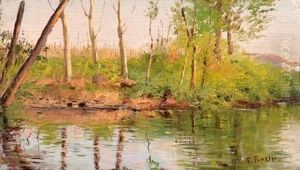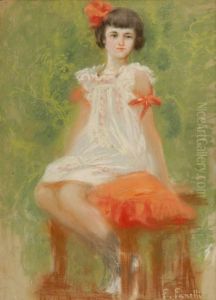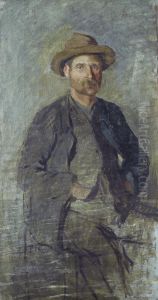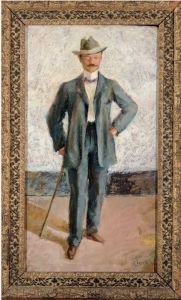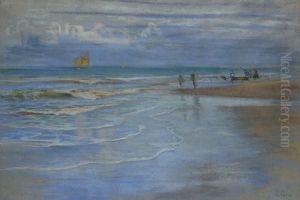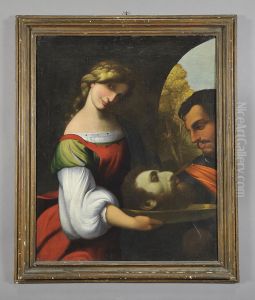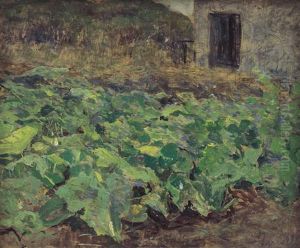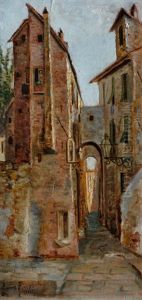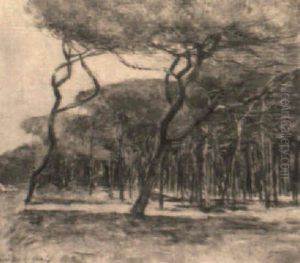Francesco Fanelli Paintings
Francesco Fanelli was an Italian sculptor of the early Baroque period, primarily known for his small bronze sculptures. He was born around 1590 in Florence, Italy. Although not as widely known as some of his contemporaries, Fanelli left a significant mark on the development of miniature bronze sculptures in the 17th century.
Fanelli's early life and training are not well-documented, but he was likely influenced by the Florentine artistic environment and the Mannerist style prevalent before his time. By the second decade of the 17th century, Fanelli had moved to Genoa, where he worked under the patronage of the Genoese nobility. His work in Genoa demonstrates a command of the dynamic compositions and naturalistic detail characteristic of the Baroque style.
In the 1630s, Fanelli moved to England, where he found a receptive market for his small-scale bronze figures, particularly among the English court and nobility. He worked in England during the reigns of Charles I and Charles II, where his work was appreciated for its intricate detail and the fusion of Italianate Baroque elements with a more northern European sensibility. He became known for his equestrian figures and statuettes depicting mythological scenes, which were prized by collectors for their cabinets of curiosities.
Despite his success, little is known about Fanelli's life in England, and his interactions with other artists of the time are not well recorded. Nevertheless, his work had a lasting impact on the development of bronze sculpture in England and influenced later artists in the medium.
Fanelli's date of death is uncertain, but records indicate he was still alive in 1653. His works can be found in various art collections, including the Victoria and Albert Museum in London, exemplifying his ability to blend the grandeur of Baroque art with the intimacy of small-scale sculpture.
